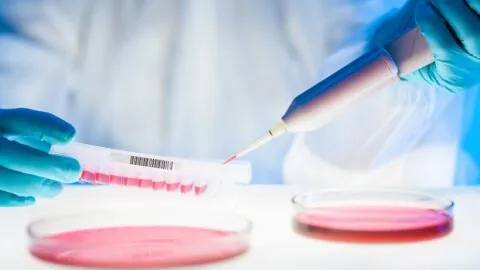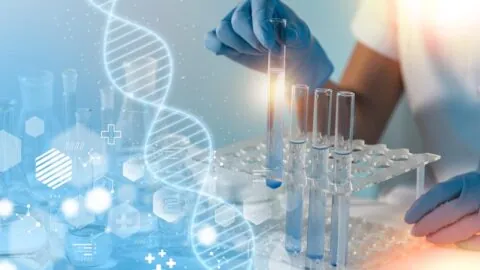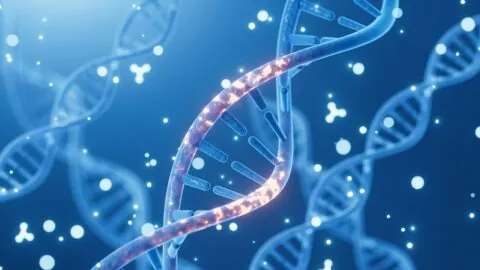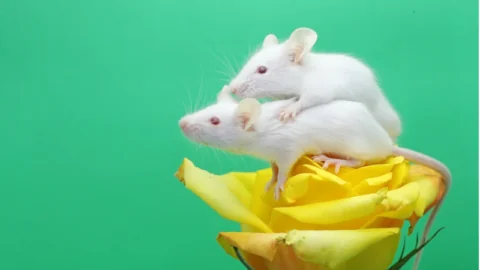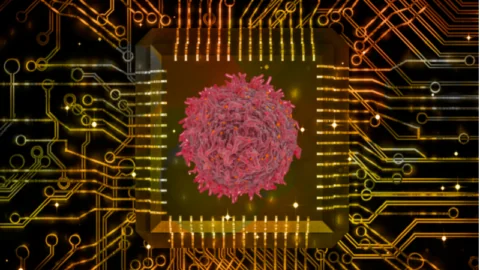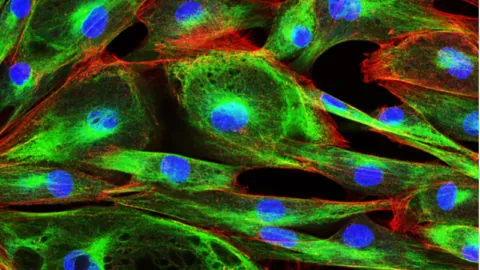March 11, 2024
Instead of using cellular reprogramming to directly treat age-related diseases, a perspective published in Nature Communications focuses on the opposite: using reprogrammed cells to form aged tissues and organoids on which to conduct experiments. Why not just use donors? Obviously, there is no shortage of age-related tissues in the world, and tissue donors can and...
March 07, 2024
In Nature Communications, Ali Yücel and Vadim Gladyshev have published a review of the current state of the art in partial cellular reprogramming, detailing what this technology does and how it might be used safely. Affecting methylation directly Yamanaka Factors - Opportunities for RejuvenationDrs. Takahashi and Yamanaka showed that they could use Oct4, Sox2, Klf4, and...
February 14, 2024
The authors of a recent review published in Ageing Research Reviews summarize the research on epigenetic reprogramming and its potential as a rejuvenation therapy [1]. Epigenetics in aging Aging leads to changes in the epigenome. Those changes can lead to alterations in gene regulation, affecting cellular homeostasis, and can play a role in age-associated phenotypes....
November 01, 2022
Scientists have shown that continuous low-dose induction of reprogramming factors and a single early life reprogramming treatment both significantly increase lifespan and healthspan in progeroid mice while altering their epigenetic landscape [1]. In vivo reprogramming Cellular reprogramming is the process of treating cells with compounds that nudge them towards a pluripotent state. The classical...
October 28, 2022
Turn.bio has announced that its proprietary cellular reprogramming technology was able to significantly increase the proliferative and cytotoxic potential of premanufactured CAR-T cells in vitro. Turn.bio, a developer of mRNA-based cellular reprogramming technologies, has announced preliminary results from its current trial. The announcement was made by the company's co-founder, Prof. Vittorio Sebastiano, at the New...
May 16, 2022
A team of Chinese researchers has described a novel method of illuminating pluripotent stem cells in a paper published in Aging. How and why Yamanaka Factors - Opportunities for RejuvenationDrs. Takahashi and Yamanaka showed that they could use Oct4, Sox2, Klf4, and c-Myc (OSKM) to reprogram cells back to pluripotent, embryonic stem cells. While this discovery showed...

